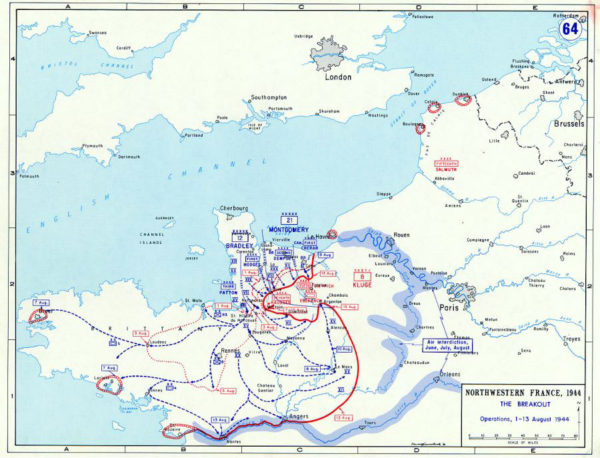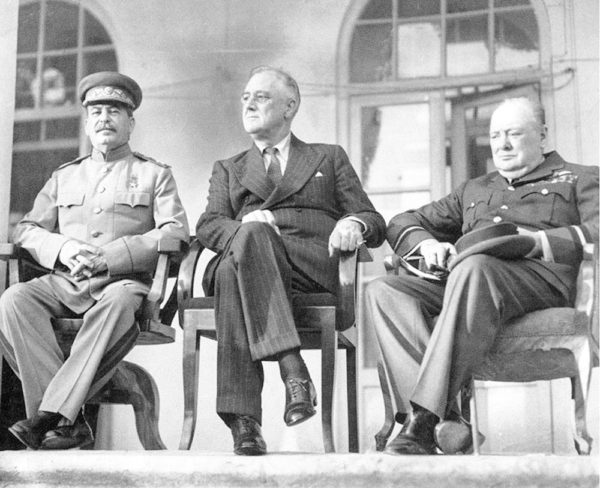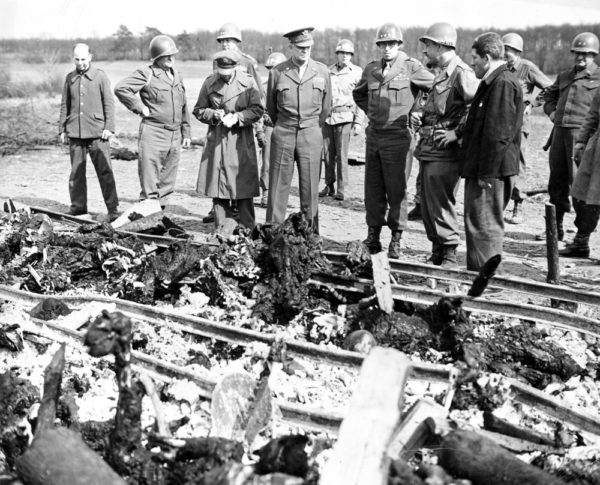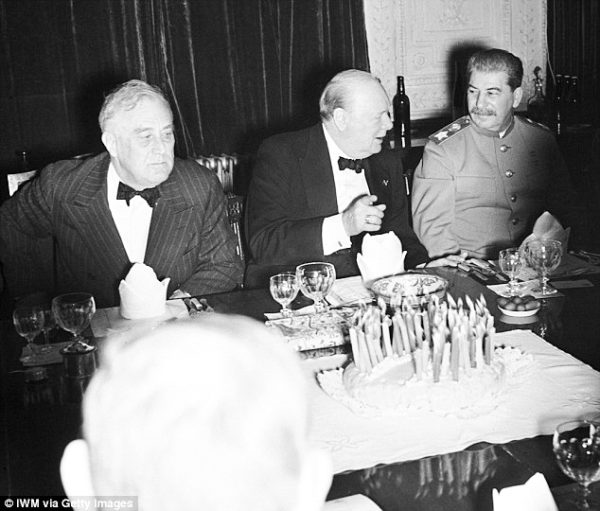Today is the 76th anniversary of Operation Neptune or D-Day as it’s commonly known. Neptune was the designated code name for the beach landings. The correct name for the overall invasion of Europe was Operation Overlord.
I’m sure the media and political focus on D-Day will be somewhat muted compared to last year’s anniversary. This year, the attention will be on the 75th anniversary of the end of the war (both VE and VJ days) and the liberations of the occupied countries and concentration camps. Much has been written about the hours leading up to launching the invasion, the experiences of the men during the early morning hours, the eventual success of driving the Germans back, and subsequent breakouts from the beaches. However, one aspect of the invasion seems to get scant, if any, attention.
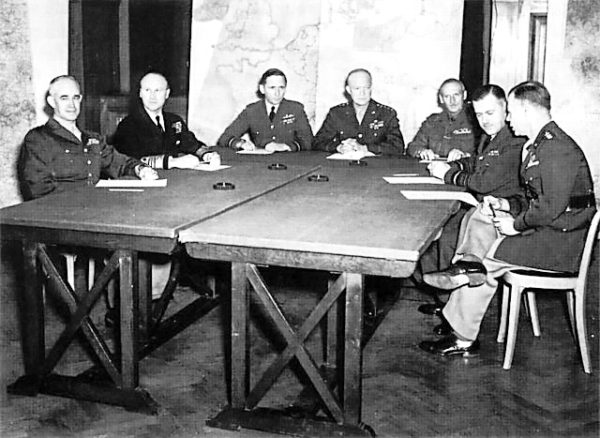
What about the events during the thirty-six days prior to 6 June 1944? I’m specifically referring to the behind the scenes at General Dwight D. Eisenhower’s SHAEF headquarters from 1 May 1944 up to the morning of the invasion. I’ll highlight some of the interesting events that took place on a day-by-day basis leading up to the men landing in Normandy.
Did You Know?
Did you know that it wasn’t until the 1990s that the United States Army determined that African American soldiers during World War II had been denied consideration for the Medal of Honor because of their race?
The day after Christmas 1944, First Lieutenant John R. Fox (1915-1944) of the 92nd Infantry Division – known as the Buffalo Soldiers – saw action in an Italian village. He was part of a small observation squad which volunteered to stay behind as the Germans began to overrun the village. From his position inside a stone tower, Lt. Fox directed the defensive artillery fire on the incoming Wehrmacht forces. At one point, he ordered the artillery to direct its fire on his position. Told by the artillery team the incoming onslaught would kill him, Lt. Fox’s last order was, “Fire it!” Lt. Fox’s sacrifice gave the American forces enough time to regroup, counterattack, and retake the village.
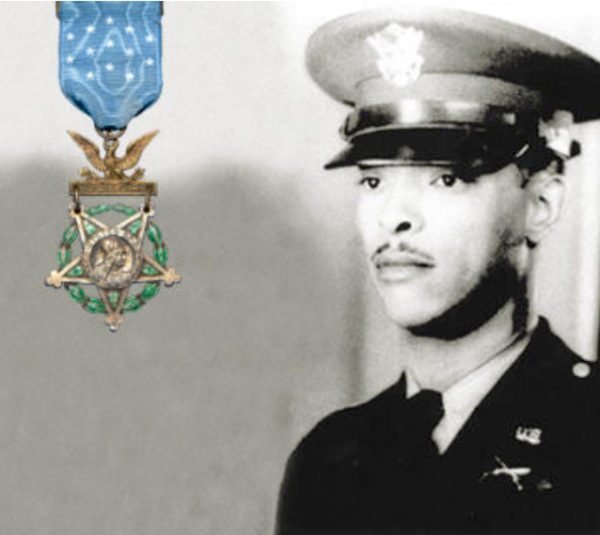
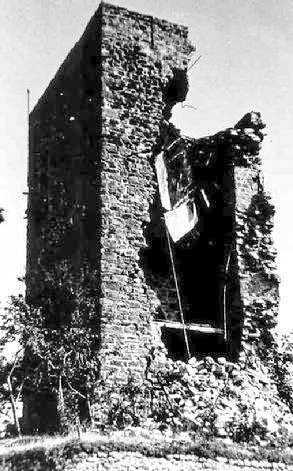
Lt. Fox and six other African Americans were awarded the Medal of Honor on 12 January 1997. Six of the medals were awarded posthumously with Lt. Fox’s widow accepting the honor on his behalf. The citizens of the village of Sommocolonia, Italy erected a monument after the war. It is dedicated to nine men killed during the battle: eight Italian soldiers and Lt. John R. Fox.
1 May 1944
It was the first week in May when the final plan for Neptune was agreed upon. The initial date of the invasion, 1 May 1944, had earlier been postponed by General Eisenhower (1890-1969) and Field Marshal Bernard Montgomery (1887-1976) after they decided to expand the original invasion plan drafted in August 1943 to include five rather than three divisions for the landings, an additional three airborne divisions, and extra landing craft. The revised plan also included specific goals for post-Neptune operations beginning with the break-out from the beaches.
In the months preceding the invasion, elaborate efforts were made to deceive the Germans about the actual landing location. This was called Operation Bodyguard and it was a complete success (Click here to read The Double Cross System). The final plans designated the lodgment or, landing area to be the beaches between the Seine and Loire rivers rather than Pas-de-Calais where Hitler and Rommel were convinced Allied troops would land.
